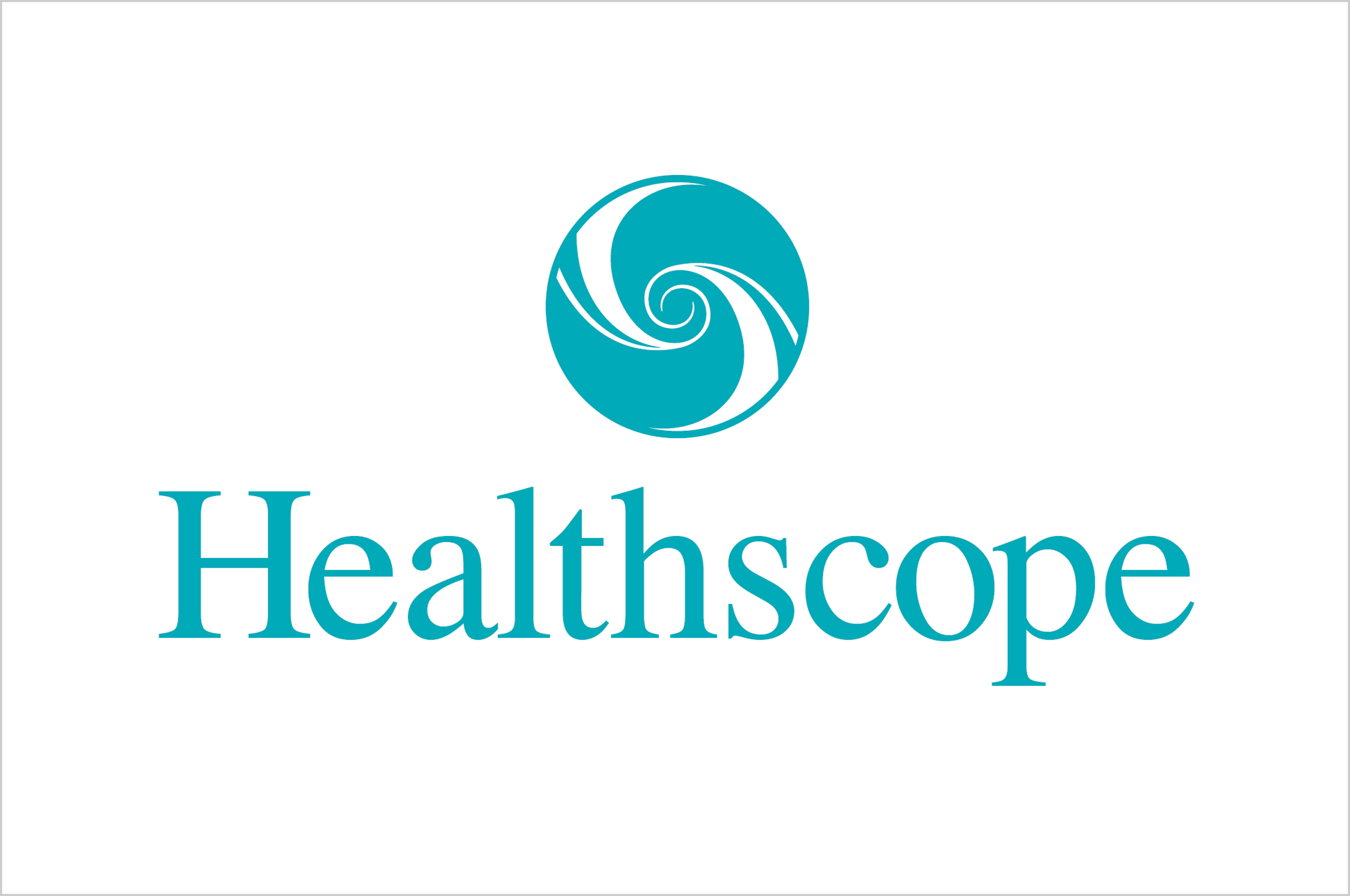Background
Formulation of cost efficiency of health insurance benefit package requires an evidence-based policy making, with
efficient management of stakeholders, therefore, identifying the stakeholders and considering their characteristics and interests and also the position and power of the main actors involved in policies seems to be necessary. For this purpose, this study aimed at analyzing the stakeholders of health insurance benefit package in Iran to specify their position in the assessed policy.
Methods
This was done on a qualitative basis during years 2015 and 2016. Data was collected from semi-structured interviews, document analysis, and participation in decision-making meetings of the Supreme Council of Health Insurance, to identify the stakeholders, and their power, situation, interests, opportunities, and challenges. The data was analyzed with the content analysis approach using the MAXQDA software.
Results
Overall, 23 stakeholders were identified and categorized in 6 groups, including policy makers, service providers, payers, suppliers of medicines and equipment, service recipients, and others. Sixteen stakeholders were at the national level, 3 stakeholders of regional, and 4 stakeholders of local level, however most stakeholders were owned by the public sector. Furthermore, 78% of stakeholders supported the policies of health insurance benefit package, and48% had moderate power. Stakeholders had different interests and various opportunities and challenges to health insurance benefit package.
Conclusions
The findings show that multiple stakeholders directly and indirectly affect the formulation and implementation of
HIBP policies. Meanwhile, the members of supreme council of health insurance, legally being authorized to apply for entry of service and drug into the HIBP, have the most important role in decision making related to HIBP. Establishment of a systematic approach, considering the role of all stakeholders and alignment of their interests leads to a positive outcome of the stakeholders’ power and finally effective formulation and implementation of policies, and facilitates the ultimate goal of this policy, which promotes public health.



No responses yet